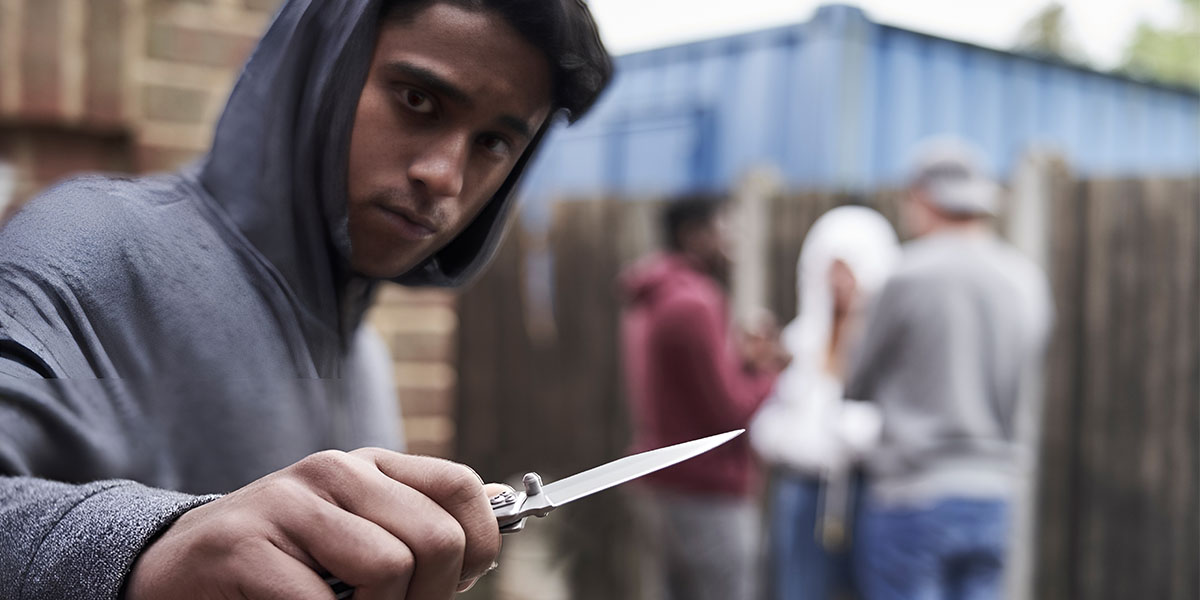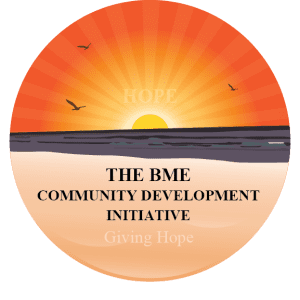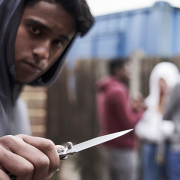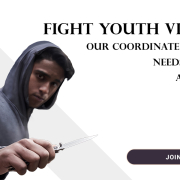Community Outreach and Youth Engagement in Gang Violence Prevention

At the heart of effective gang violence prevention is community outreach. Meeting young people where they are, building trust, and guiding them toward positive alternatives. Outreach-driven programs have a strong track record because they operate on the streets, in the parks, at the malls. Wherever youth congregate rather than expecting at-risk teens to come to an office or clinic. This article explores how community outreach and youth engagement work as powerful tools against gang recruitment.
Street Outreach Workers: Often called violence interrupters, gang intervention specialists, or simply outreach workers, these individuals typically have deep roots in the community and sometimes even a past in gangs. They patrol hotspots and get to know young people personally. When they spot a youth who is hanging with a gang or teetering on the edge of trouble, they step in, offering mentorship, counsel, and an open ear.
The credibility of outreach workers is key because they are known in the neighbourhood and “speak the language” of the streets, they can connect with youth who distrust teachers, police, or outsiders. Outreach workers can diffuse conflicts preventing trivial beefs from becoming violent retaliations and steer youth to resources like job programs or safe recreation.
For example, in one city, outreach teams operating in high-crime blocks were credited with a 37% drop in gun injuries by mediating gang conflicts. Funders can support this by funding training and salaries for outreach staff, and by ensuring they have resources like vans, cell phones, and a network of service referrals to do their job.
Youth Centres and Mobile Engagement: Another outreach tactic is setting up accessible youth drop-in centres in gang-affected neighbourhoods. These centres might offer something as simple as free snacks, video games, and a place to chill but staffed with youth workers who build relationships with whoever comes in.
Once trust is established, staff can engage youth in more structured activities workshops, support groups, sports. A twist on this is the mobile outreach van: essentially bringing the youth centre to different blocks. Some cities use brightly painted vans equipped with games, art supplies, and sports gear to attract youth, alongside counsellors who can provide advice or mediation. Such mobile units have successfully engaged youth who might never walk into a formal program building. The convenience and presence send a message: we care about you right here in your environment.
Peer Outreach and Youth Ambassadors: Engaging youth themselves as partners is vital. In gang prevention, this might mean employing former gang-involved youth as peer outreach workers once they have exited that life after appropriate training. Their testimonies and relatability can dissuade peers from romanticising gang life. Additionally, some programs designate “youth ambassadors” teens not involved in gangs who are trained to spread anti-gang messaging and be extra eyes and ears among their friends.
They might organise community events like basketball tournaments under anti-violence themes or run social media campaigns as social media is where a lot of gang taunting and recruitment happens. These peer-driven initiatives create a counter-narrative to gang glamour by showing that being positive and safe is actually cool and rewarding.
Family and Community Events: Outreach extends to families and the broader community. Events such as gang awareness workshops for parents help families spot warning signs and know where to seek help. Community Unity Barbecues or Peace Marches in neighbourhoods can rally residents against gang violence, reinforcing social disapproval of gang activity. Outreach workers facilitate these events, bringing together youth, parents, clergy, and police in non-confrontational settings.
The goal is to strengthen community bonds essentially shrinking the space in which gangs can operate freely. One U.K. community saw success when local businesses joined in to sponsor weekend night activities for teens like late-night basketball and music sessions, drawing hundreds of youth away from the streets at times when gang violence often peaked.
From a funder’s perspective, supporting outreach and engagement can be one of the most direct ways to prevent gang violence. It is labour-intensive, yes, requiring funding for staff who work odd hours nights, weekends and patience as trust-building takes time. But the payoff is visible and immediate: youth who might otherwise slip into gang life instead form bonds with positive mentors and get funnelled into constructive opportunities. Outreach also creates a feedback loop; outreach workers can alert authorities or service providers to emerging issues like a brewing gang feud or a teen in crisis, allowing for quick preventive action. In essence, community outreach serves as the “front lines” of gang violence prevention a front line that any comprehensive strategy cannot do without.




